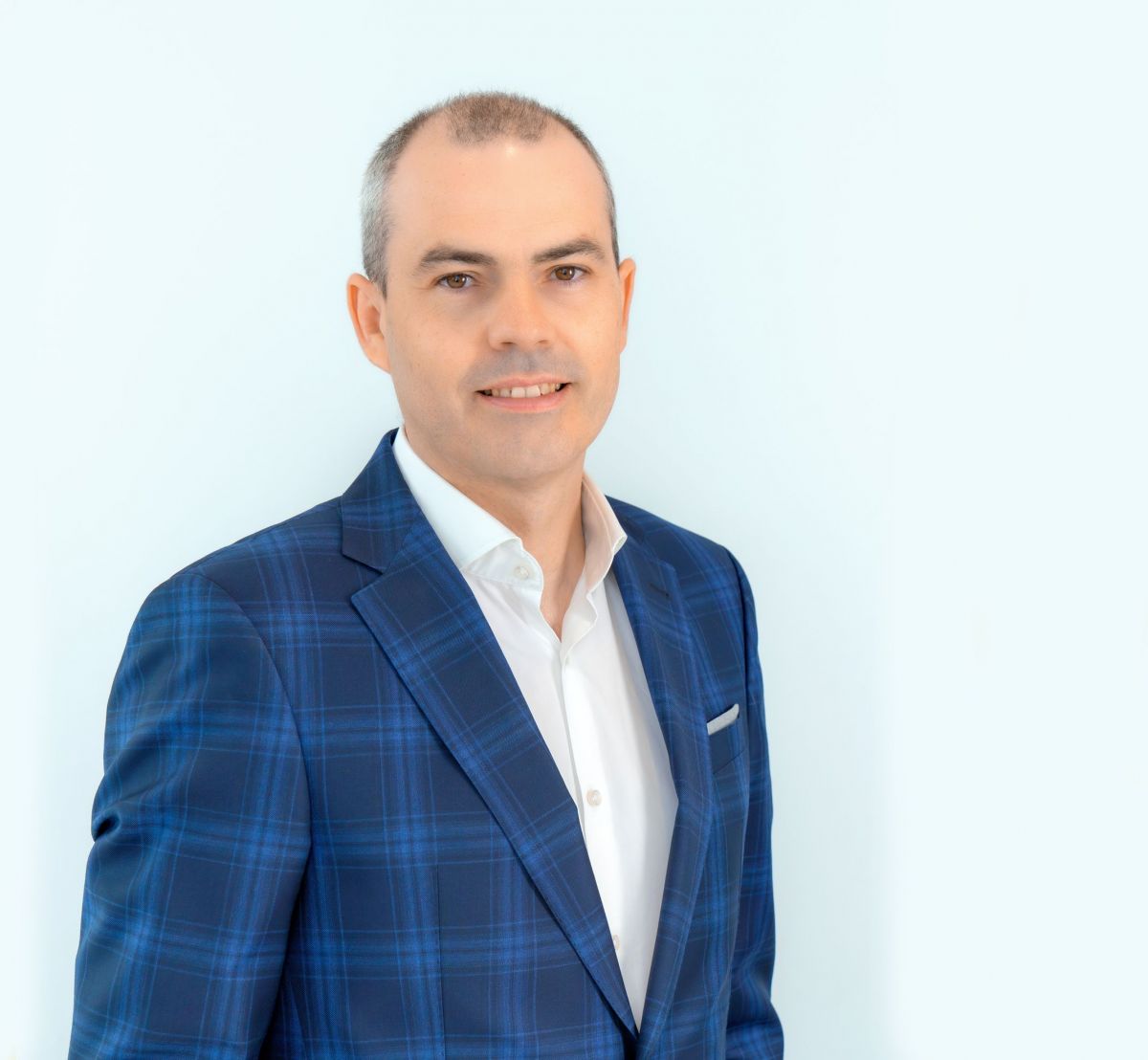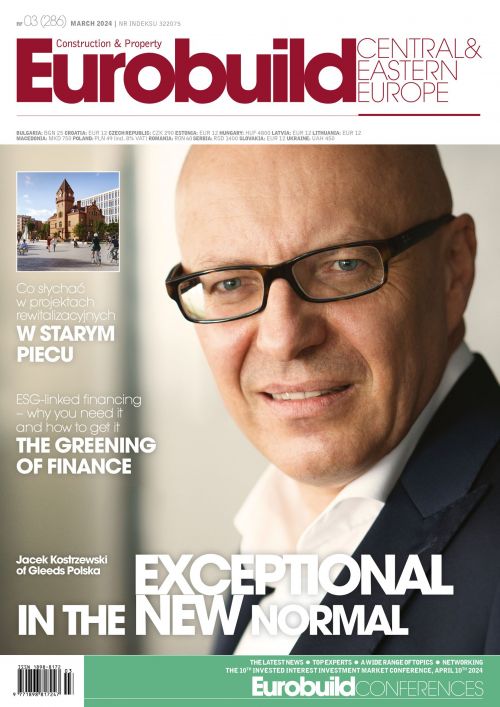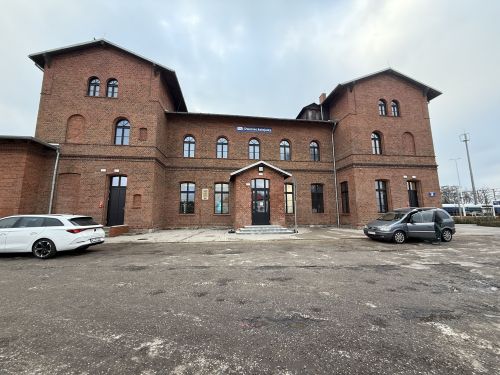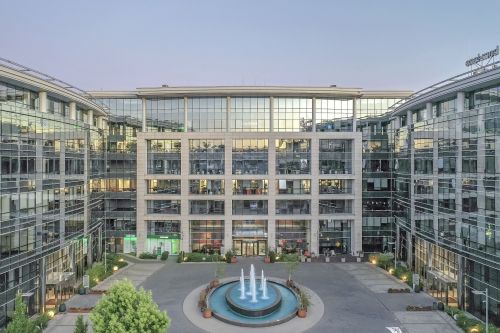Could you tell us something about the recent changes in your company?
Marcin Łapiński, the managing director of Tétris Poland: Tétris can now boast a new management board, which includes Aneta Zembowicz, Hanna Ruszkowska-Świąder and Anna Malarczyk-Arcidiacono. It manages a team of 130 specialists involved in the development, design and evaluation of commercial space arrangements. Last year, we completed almost 160 projects in the different regions across Poland where our local Warsaw, Kraków, Wrocław, Gdańsk, Poznań and Łódź teams operate.
What are your company’s plans for 2024?
We want to concentrate on extending our range of services and leveraging our competitive advantage by building up our Design & Build service, particularly when it comes to Design to Cost. We are also planning to integrate further with JLL in order to expand our service range. What this will mean for our clients is a full range of services from one supplier. We will be fo































































